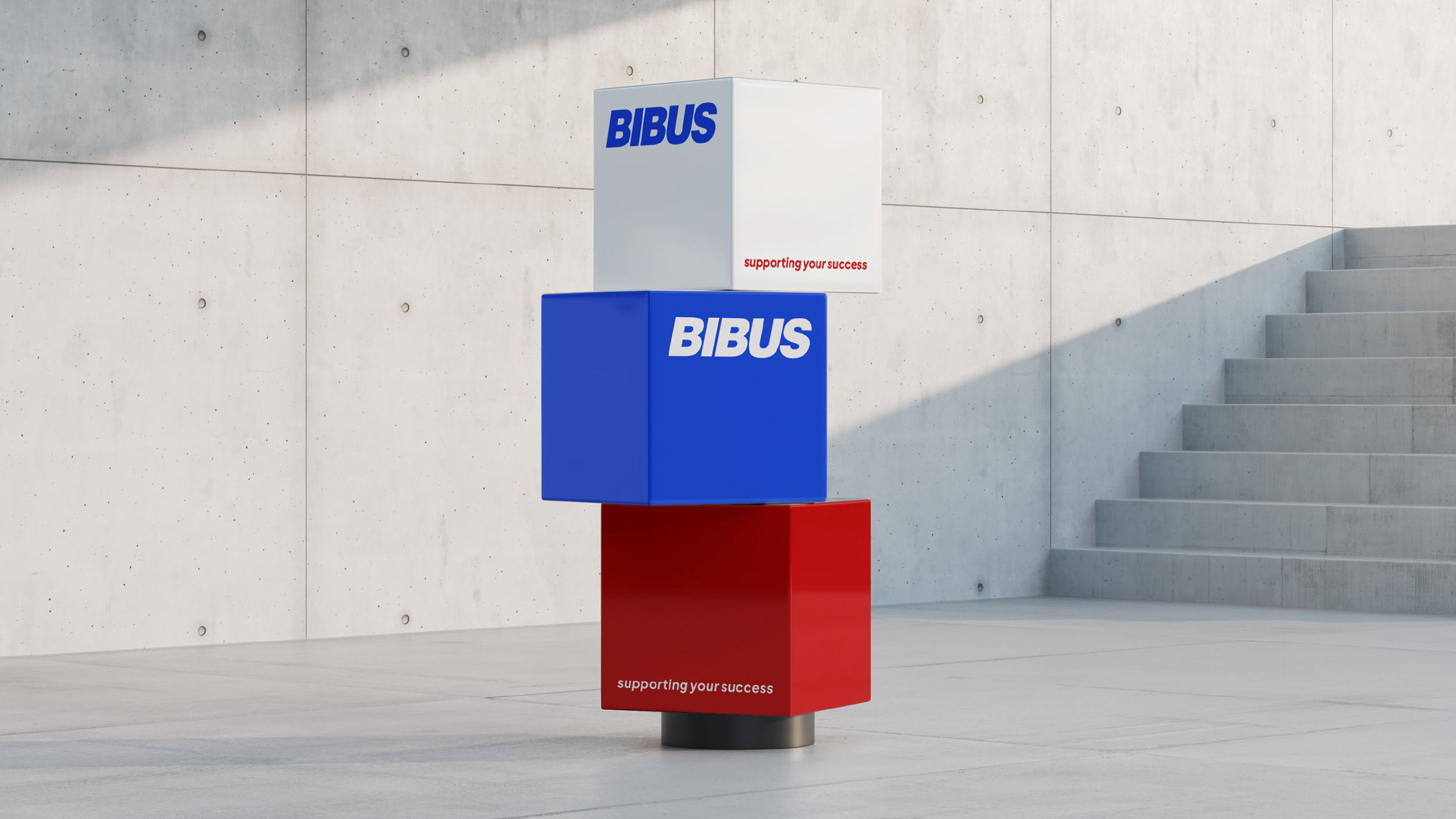More than empty words
Brand promises must be kept
Michael Ruetti | 5. September 2022 | 4 min reading time
Throw out all the complicated brand models. It takes actually very little to get people to like you and talk about you. But, it has to be done right.
When was the last time a brand vision or mission statement inspired your life? For me: never. And my observations in my personal environment support this answer: most people don't even know why these brand strategy constructs, systematics, etc. exist, let alone understand them.
Forget complicated brand models
I've been in brand consulting for 20 years and have encountered many different brand models and platforms - most of them complex and/or inflexible. Some even dogmatic. I have the impression that many of the models are very often a way for consultants (or university professors with side jobs) to present themselves as indispensable. The idea behind this approach is simple: anyone can do it if it looks too easy. But if no one understands it, then it must be scientific. This is bizarre, but it still works as a business model for many agencies and consultants.
A look back
Where did it all come from? In the early days, which lasted until the late 1970s, marketing was all about the product. Hardly anyone talked about branding, and if they did, it was always in connection with a physical product, its benefits and its features. In the 1980s, the focus shifted to the image. The marketing industry realized that if the image and product features don't match, then you won't be liked. And this even before the era of Facebook!. A simple mismatch between promise and experience led to frustration. People turned away and kept their wallets closed from brands that promised too much. Then, in the 1990s, the conversation shifted to brand identity, as defined by brand values. Finally, every other brand had quality and flexibility at its core. We should be thankful that this story has not repeated itself in the current millennium. Instead, a paradigm shift took place in the 2000s that is still ongoing: the discovery of the user.
What does it really take to build a brand? Answer: A clear promise. Nothing more, nothing less. In doing so, you need to combine two perspectives:
- What your brand wants to convey
- What impact you will have on your users.
It's all about interaction. Social interaction.
A brand is a promise
A brand is not defined by a phrase on a piece of paper, but by what people experience in their hearts and minds. Don't worry too much about having the right tool. Consider the role your brand can play in the lives of the people you are targeting. If you're not relevant to their lives, why should they care about you? Consider what impact your brand can have. Then formulate a concise and relevant promise aimed at the users perspective. This promise is the guide and foundation for everything you build, be it communications, product features, brand design or anything else. You must deliver on this promise to create a compelling user experience. If you succeed, people will like you and talk about you, and you will reap the rewards.
The more concrete, the more effective
When you define your promise, be honest with yourself and involve your employees. Because it is them who will carry the promise into the market. A promise must be clear and understandable to everyone, regardless of whether it comes from a startup or a large corporation. Nothing is worse than a company with multiple promises. In the end, a promise must be specific and clearly measurable.
So a Swiss brewer should not say: "We want to become the best brewer in Switzerland". It would be better to say, "We want to be the largest producer of premium beer in Switzerland by 2023." If the whole company shares this promise, it will be easier for all employees to make independent decisions to check whether the goals are being achieved.






